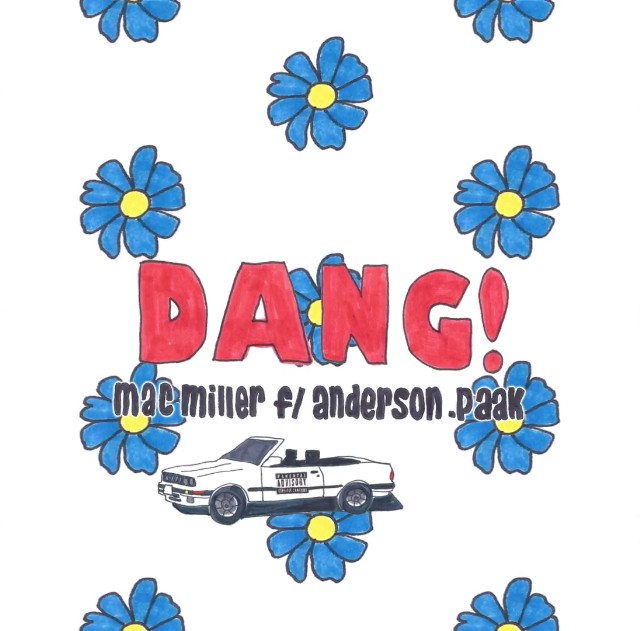 Photo:
Photo:
If singer Chris Martin is to believed, then, in 2006, the world came very close to losing Coldplay. In a recent interview to promote his band’s fourth album, Martin (who it should be said has a reputation for exasperated self-deprecation) claimed that the foundations of Coldplay were crumbling to such an extent as touring for their last album, ‘X&Y’, drew to an end, that they had stopped talking to each other altogether. Too many “swanky dinners” and endless award ceremonies had, according to the singer, left Coldplay in a state of disrepair, and left Martin wanting to “erase the past.”
Upon reflection, Martin’s recent comments seem to carry some weight. When Coldplay picked up Best Album and Single honors at the 2006 Brit Awards, the singer famously told the crowd that the band wouldn’t be seen again for “many, many years”. Despite selling 10 million copies of ‘X&Y’, Coldplay were apparently “fed up”. As a stunned television global audience tuned in, Coldplay’s record label EMI quickly, and understandably, revoked Martin’s words – highlighting that the band owed them two more records.
After all that negativity, and subliminal claims of a hiatus, it comes as a surprise that one of those records has arrived a little over two years later. Even more of a surprise though, is the fact that on the elaborately titled, ‘Viva La Vida or Death and All His Friends’, Coldplay sound so coherent and united. This is not the sound of four men “fed up” with their careers; it’s the sound of four men clambering to reclaim them. But how have they achieved this?
Well, whereas Martin has paid tribute to the bands re-alliance with former manager and friend Phil Harvey, who ducked out of proceedings for the stadium targeting ‘X&Y’, the more astute are more likely to spotlight the influence of producers Brian Eno and Markus Dravs. Both bring their oblique, yet uplifting renaissances of sound to ‘Viva La Vida…’. Eno, for example, provides it on the quite haunting ‘42’, which develops from a sparse piano introduction into a sonic burst of strings and tech-guitar, while Dravs frequently gives Coldplay what he once gave Arcade Fire: unnerving confidence (‘Viva La Vida’).
The fact that ‘Viva La Vida…’ opens with an instrumental (‘Life In Technicolor’) probably says a lot about Coldplay’s intentions with this album. Whereas Martin was once the predominant force driving the band’s music – one thinks of his piano instrumentals in ‘Clocks’ and ‘Shiver’, or even his acoustic guitar in ‘Yellow’ – the rest of Coldplay, particularly guitarist Johnny Buckland, have all come to the fore this time around. Buckland’s guitar chortles menacingly in ‘Cemeteries of London’, which sees Martin cast an eye over a dark capital city, and disports wildly on first single ‘Violet Hill’. There’s even a nod to the Hispanic surroundings that much of the album was crafted on the deeply sung ‘Yes’, before the faint calling of a Scottish piper crops up later on ‘Strawberry Swing’.
If there’s one area where Coldplay fail to show much progression on ‘Viva La Vida…’, it’s in Martin’s songwriting. Yes, he’s broadened his lyrical landscape to challenge everything from religion to the meaning of life and death, but it often comes across as one step too far. “You might be a big fish in a little pond,” he sings on ‘Lost’, before adding: “It doesn’t mean you’ve won, because along may come a bigger one.” Although the symbolism is there, at times Martin still lacks the ability to link his intentions together with any real sense.
But, that said, ‘Viva La Vida…’ on the whole is a fantastically unexpected and spontaneous comeback from a band that never really went away. Martin has said that the intention with the record was to get better, not bigger; and, for once, it’s hard not to take him seriously.























